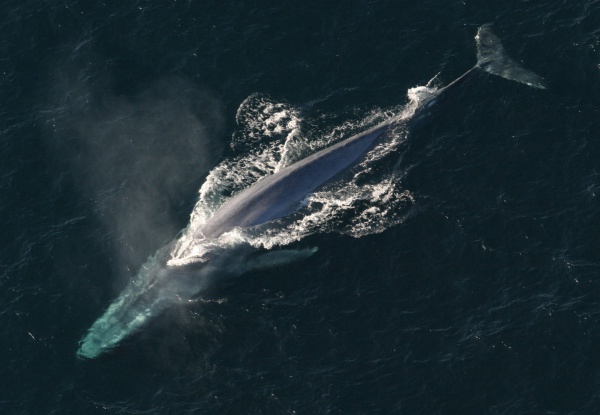Facts About Blue whale
The blue whale, a marine mammal beloning to the baleen whale suborder Mysticeti, holds the distinction of being the largest animal ever known to exist. These magnificent creatures can reach lengths of up to 29.9 meters and weigh as much as 173 tonnes. They possess elongated, slender bodies that exhibit shades of grayish-blue on their dorsal side and are lighter underneath. Scientists recognize five distinct subspecies of blue whales, each with its unique habitat and dietary preferences.
Historically, blue whales were found in nearly all of the world's oceans. However, their populations drastically declined due to extensive hunting for their blubber until the late 19th century. In 1967, the International Whaling Commission instituted a ban on all blue whale hunting. Despite this protection, their population remains critically low, estimated at around 10,000 to 25,000 individuals today, which represents only 3-11% of their numbers from 1911.
Blue whales are easily identifiable by their distinctive physical features. They possess a long, slender body, a broad flat head, baleen plates for filtering food, expandable throat pleats, slender flippers, a dorsal fin, and a massive tail fluke. Their diet primarily consists of krill, and they follow distinct migratory patterns. Blue whales have a lifespan of between 70 to 90 years, with females reaching sexual maturity at around the age of 10.
Unfortunately, blue whales face numerous threats, including collisions with ships, entanglement in fishing gear, ocean noise pollution, climate change, and predation by killer whales. To help protect them, various conservation efforts are underway. The International Union for Conservation of Nature (IUCN) lists blue whales as endangered, and they are protected under several international agreements and national laws.
Despite these efforts, blue whales continue to face significant challenges. Continued conservation actions are essential to ensure the survival and recovery of this iconic species.
